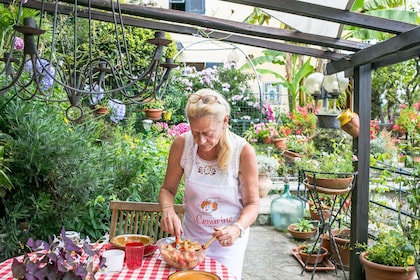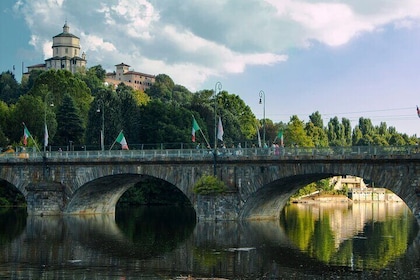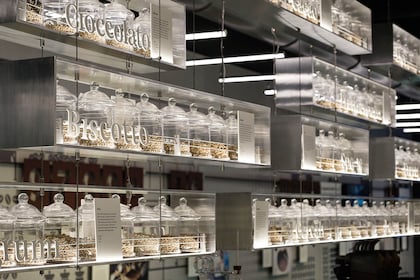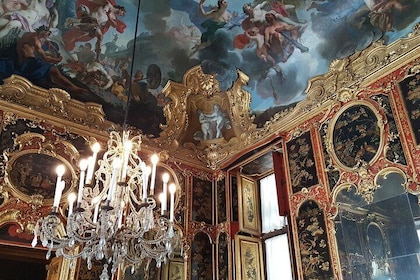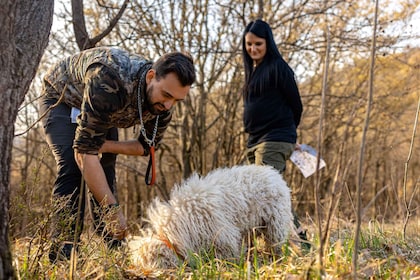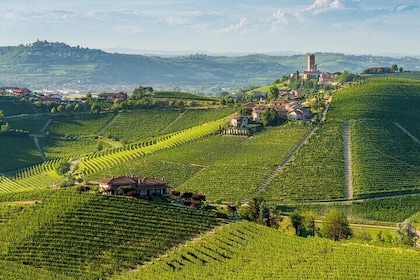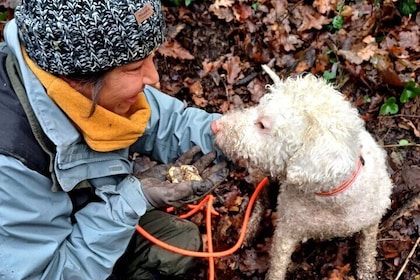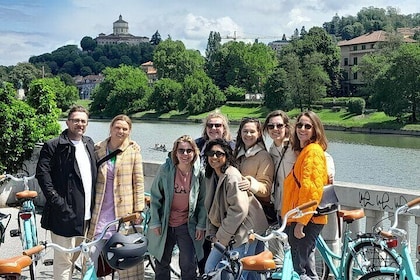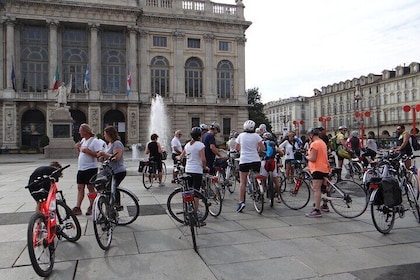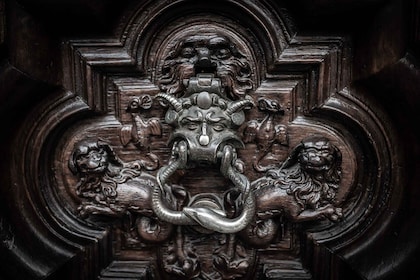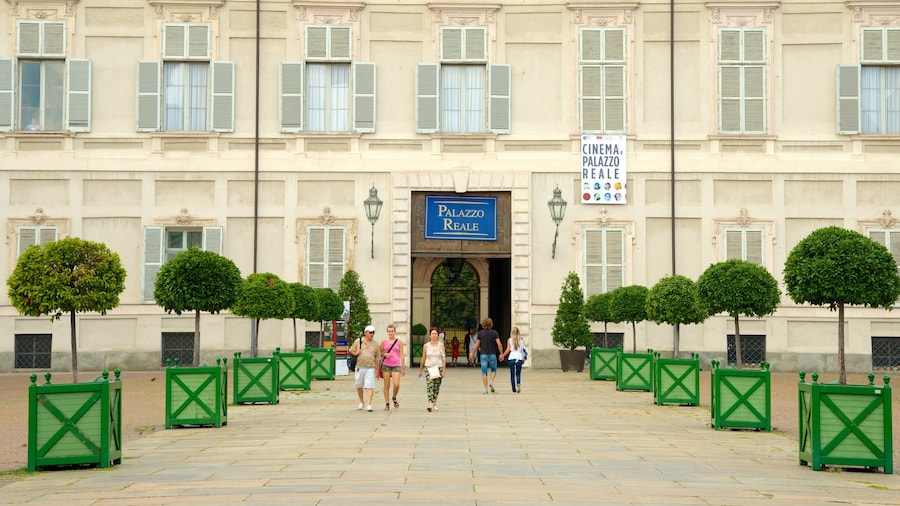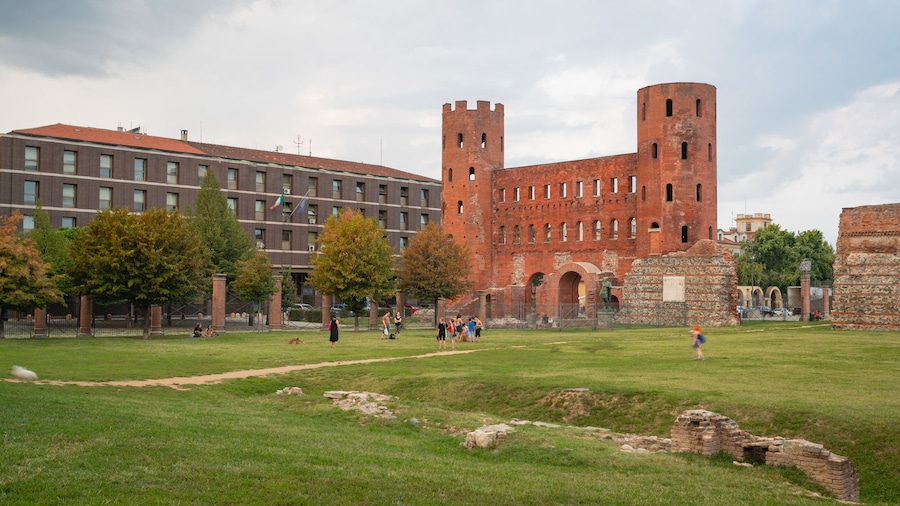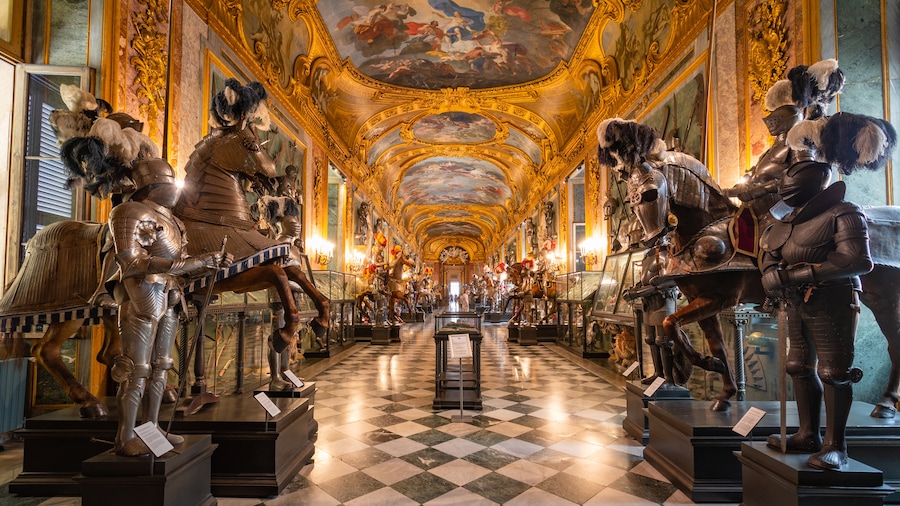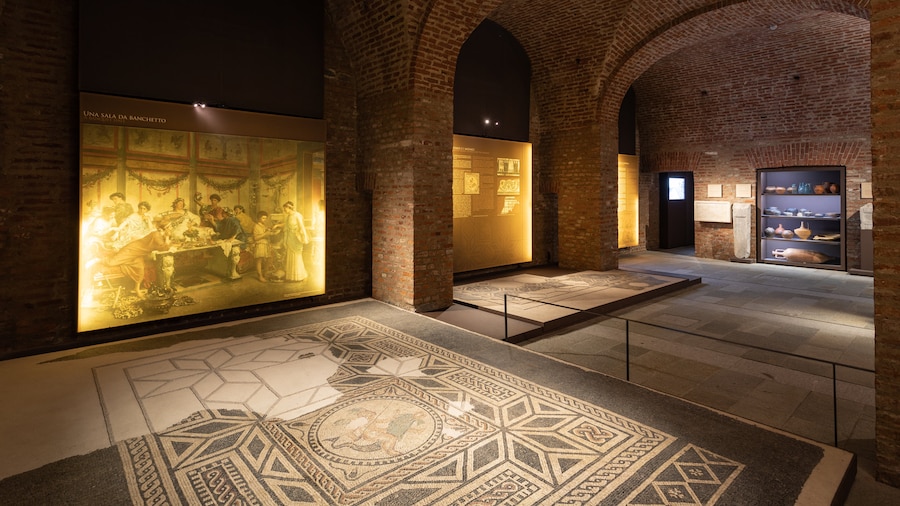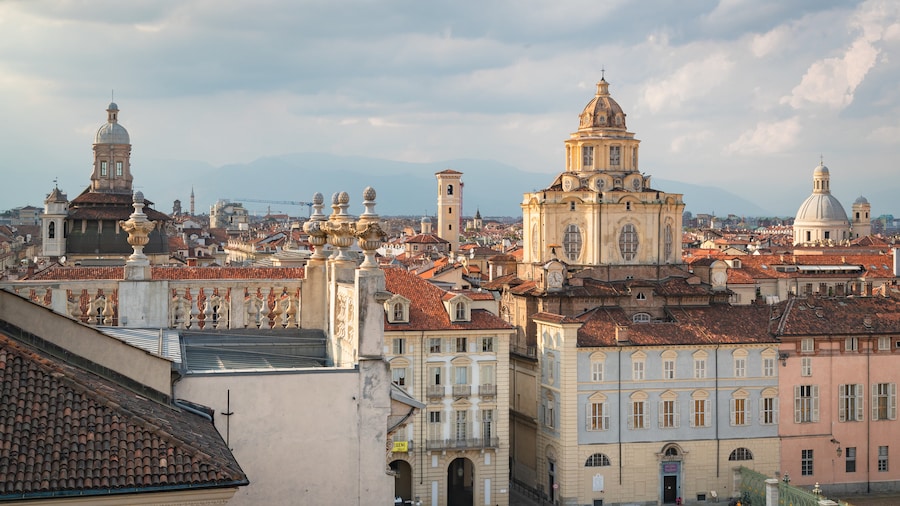Dedicated to Saint John the Baptist, the Turin Cathedral hasstood next to the Royal Palace since 1498. Taking seven years to build, thestructure was constructed on the ruins of three older basilicas. The largest ofthese was also dedicated to Saint John, the others to the Holy Savior and SaintMary of Dompno.
A blend of Renaissance and Baroque architecture, theCathedral has three distinct sections: the Belltower, the Chapel of the HolyShroud and the Church. The Church and Belltower date from the 1400s, while the Chapel is the newestaddition, having been completed in 1694 after taking nearly 28 years to build.
It is the Chapel, and more importantly, what lies inside theChapel, that has inspired many pilgrimages and much debate. The Shroud of Turinis believed by many to be the final burial cloth of Jesus Christ. The replicaof the Shroud is displayed for public viewing near the front of the Cathedraland is open every day except for several hours over lunch. The real Shroud islocked away and is displayed only by papal decree a special exhibition of the Shroud is scheduledfor 45 days between mid-April and mid-August 2015.
Make sure to look at the photographic display of the Shroudnear the entranceway, which includes a black-and-white negative image of thecloth. The images on the Shroud that have faded over time are much crisper inthis display, which is also available to photograph.
Although perhaps less intriguing, but beautifully crafted,are the various shrines that line the Cathedral’s sidewalls. Adorning the wallabove the entrance doors is a reproduction of Leonardo da Vinci’s famed Last Supper mural, this time hanging asan oil painting, well worth a photograph.
The cathedral is a few minutes’ walk from the center ofTurin in the Piazza San Giovanni. Whatever your beliefs are, the TurinCathedral is fascinating to all. Walk around to take it all in at your own leisure, or pay a local guide to give you a tour.















